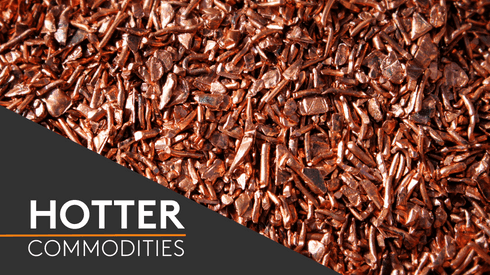The copper bear seemed to have woken from his slumber at the start of the Cesco conference in Santiago last week, as traders talked of the possible effect of metal from Chinese stockpiles entering the market, and the inevitability of copper price corrections.
Those with short positions were feeling more comfortable than they have for some time, one trader told MB on April 5 as three-month copper on the London Metal Exchange traded at $9,271/72 per tonne, its lowest level since March 15.
But, with sales of cathode being made to Japanese smelters looking to cover their contracts, the conference reverberating with the words “the long-term story is intact”, and the memories of the cudgelling he has taken in recent times, the bear was silenced.
Continued forecasts of a deficit — never mind the material in bonded warehouses that China must at some stage consume or sell — and the allaying of substitution fears enabled the bulls to bounce back as they have done with such force since the end of 2008.
Short-term fears may be justified but the medium- to long-term fundamentals remain in place, they argued.
Mine output will not be enough to meet the rising demand for copper and China will need greater amounts of the red metal as it grows, they reasoned.
Sure enough copper staged another recovery, trading at $9,850/51 per tonne on an official basis on April 8, up over 6% on two days earlier.
The bears began to doze off again, still cautioning that threats remain to copper’s bright future.
With the shift in copper consumption to China and Asia over the past twenty years the market is dependent on the region’s expected demand growth.
What if the housing market collapses? What if interest rates are hiked? What if the credit squeeze there continues and buying and consumption do not accelerate?
Most Cesco delegates appeared happy to dismiss these worries from sunny Santiago.
But they are the questions that the bear will be considering as he returns to his slumber, dreaming of the day when he wakes up to give the over-long funds a proper mauling.




